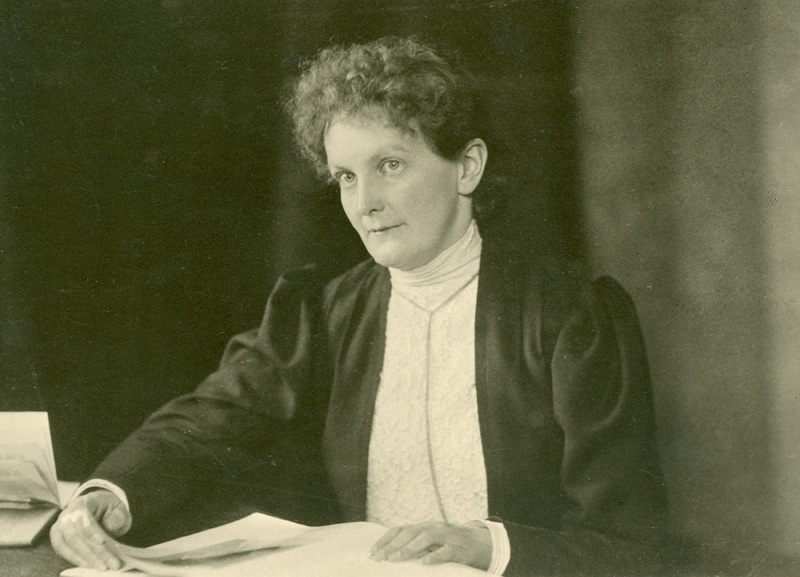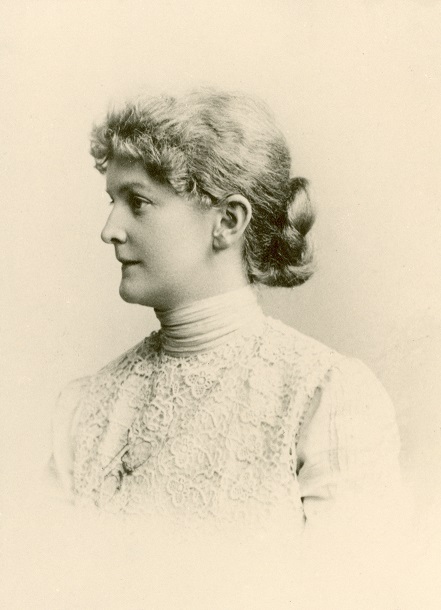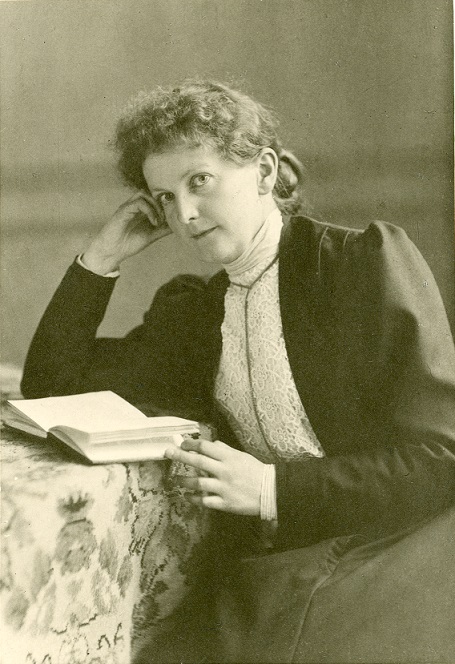Literature
Marie Steiner – Ihr Weg zur Erneuerung der Bühnenkunst durch die Anthroposophie. Eine Dokumentation, herausgegeben von Edwin Froböse, Dornach 1973.
Marie Steiner, Briefe und Dokumente, vornehmlich aus ihrem letzten Lebensjahr, herausgegeben von Hella Wiesberger, Dornach 1981.
Hella Wiesberger, Marie Steiner-von Sivers, Ein Leben für die Anthroposophie. Eine biographische Dokumentation, Dornach 1989.
Rudolf Steiner – Marie Steiner-von Sivers: Briefwechsel und Dokumente 1901-1925, Rudolf Steiner Gesamtausgabe,
GA 262, Basel 2014.
Wilfried Hammacher, Marie Steiner. Lebensspuren einer Individualität. Stuttgart 1998.
Peter Selg, Marie Steiner-von Sivers. Aufbau und Zukunft des Werkes von Rudolf Steiner, Dornach 2006.


